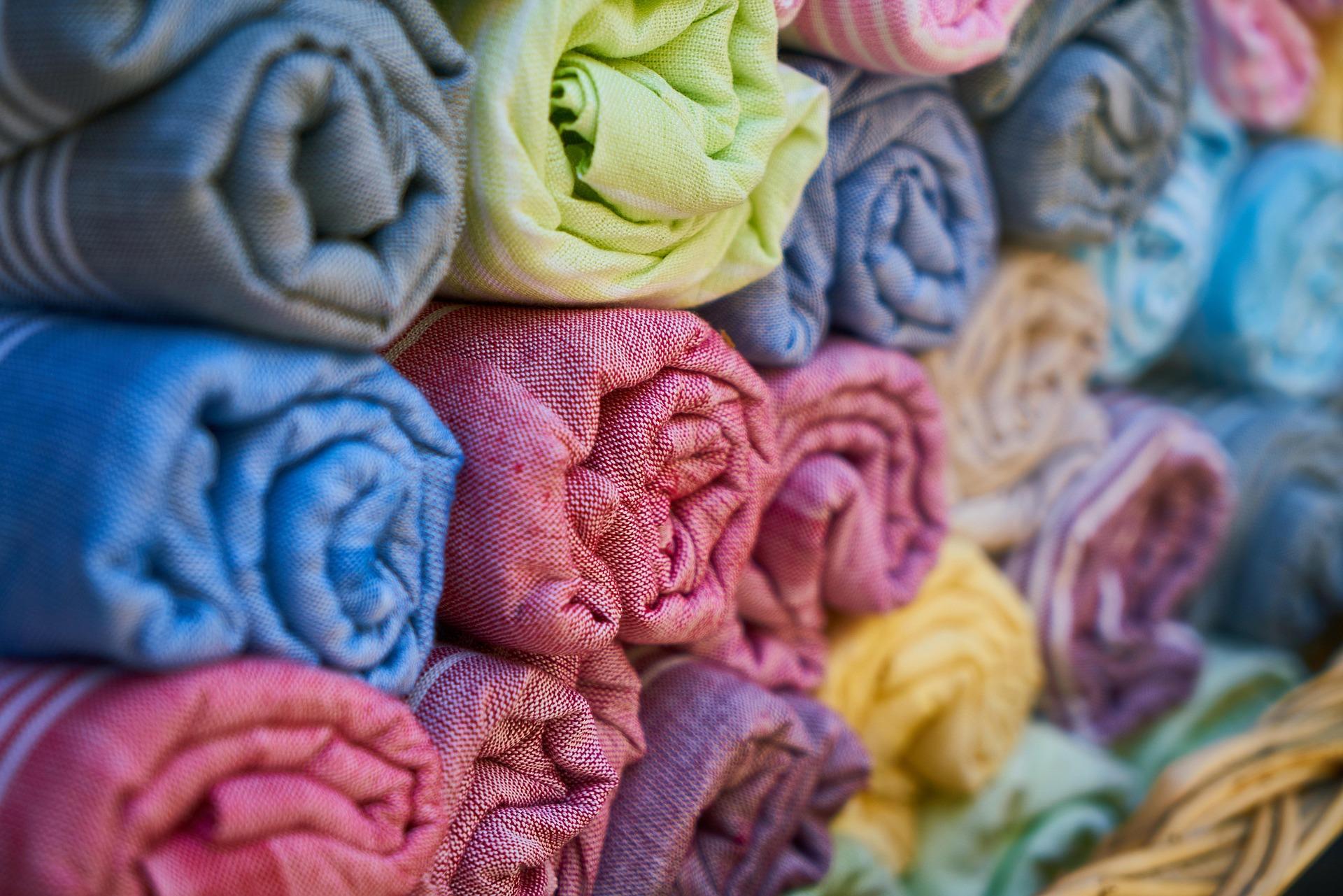
In the complex web of international trade, geopolitics often plays a decisive role. The latest example comes from South Asia, where India’s booming textile exports are quietly reshaping global supply chains, leaving countries like Bangladesh scrambling to cope with growing challenges. Once considered an undisputed powerhouse in the global textile industry, Bangladesh is now witnessing an uncomfortable shift, with India fast emerging as a strong contender and even surpassing it in several key areas.
Bangladesh's Loss Turns into India's Gain
Bangladesh has historically enjoyed a dominant position in the global textile sector, leveraging its cost-effective labor force and well-established infrastructure. However, recent political instability and deteriorating relations with India have severely disrupted its export ecosystem. Since the change of government under Sheikh Hasina in August 2024, Bangladesh has been facing significant internal instability. The strained diplomatic ties with India have further isolated Bangladesh, cutting off crucial regional connectivity routes that were once vital for its exports.
This growing instability is starting to reflect in the numbers. India, on the other hand, has capitalized on this opportunity to expand its textile footprint globally. According to the Confederation of Indian Textile Industry (CITI), India’s textile exports witnessed a strong growth of 11.3% in May 2025 alone. Western buyers who earlier preferred Bangladesh or China are now turning towards India, recognizing its reliability and stability amidst a volatile global market.
The Shift in Global Buying Preferences
For years, China and Bangladesh dominated the Western textile import markets. However, global buyers are increasingly diversifying their sourcing strategies due to several factors:
China’s Struggles: After the U.S. under the Trump administration imposed heavy tariffs on Chinese exports, China’s competitive edge in the American market took a significant hit. This opened the door for alternative suppliers like India.
Bangladesh’s Internal Instability: The political turmoil in Bangladesh after the government change led to growing concerns about its reliability as a stable sourcing destination.
India’s Growing Trust Factor: With its stable political environment, improving infrastructure, and aggressive policy support, India is emerging as a trusted alternative. Western buyers are increasingly engaging with Indian suppliers to scale up capacities and secure required certifications, positioning India as a long-term strategic partner.
India Surges Ahead in Export Growth
The positive shift in global buyer sentiment is clearly reflected in India's export data. As reported by The Economic Times, India’s apparel exports grew by 7.3% in September 2024, followed by an impressive 24.35% growth in October 2024. These figures are not just numbers but a clear signal of India’s rising dominance in global textile markets.
This competitive advantage is especially pronounced in the U.S. market. While China still holds a significant share of about $30 billion, India is rapidly catching up with approximately $10 billion worth of textile exports to the U.S. As buyers continue to shift away from China and Bangladesh, India’s share is poised to rise even further.
India’s Cotton Imports Also on the Rise
Interestingly, this export boom is also driving an increase in India’s raw cotton imports. According to the Cotton Association of India, cotton imports are estimated to reach 3.3 million bales in 2024-25, a significant rise from 1.52 million bales in the previous year. This rise indicates not only the growing demand from Indian exporters but also the robust health of the country’s textile manufacturing sector.
COVID-19 Gave India an Early Lead
It’s worth noting that the COVID-19 pandemic had already started shifting global supply chains. As China struggled with prolonged lockdowns and production halts during the pandemic years, many Western buyers began exploring alternatives. India, with its relatively faster recovery and proactive policy measures, became a natural choice for diversifying sourcing options.
Conclusion: The Changing Global Textile Landscape
The dynamics of the global textile industry are clearly undergoing a major transformation. Bangladesh, once considered a global leader, now finds itself facing unprecedented challenges largely stemming from its own political instability and strained diplomatic ties with India. Meanwhile, India’s textile sector is experiencing a golden phase of opportunity, driven by Western buyers’ trust, China’s declining competitiveness, and its own robust domestic policies.
As geopolitical tensions continue to shape trade decisions, India appears well-positioned to further expand its influence in the global textile market, while countries like Bangladesh and China struggle to regain their lost footing.
Disclaimer:
The information presented in this article is based on publicly available data, industry reports, and news sources. The article reflects current developments as of June 2025 and is intended for informational purposes only. Readers are advised to verify facts and consult official sources for updated information. The blog does not intend to harm or defame any nation, organization, or individual. All opinions expressed are based on observed market trends and geopolitical developments.




